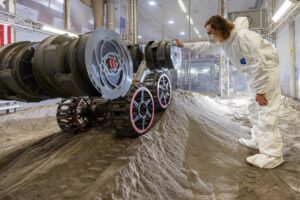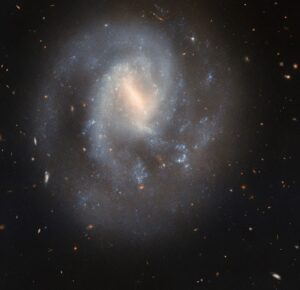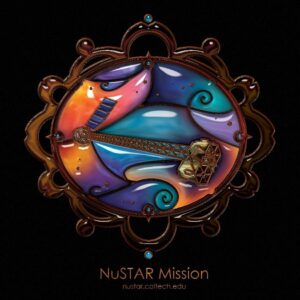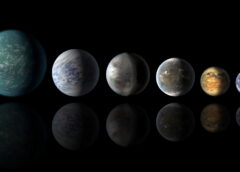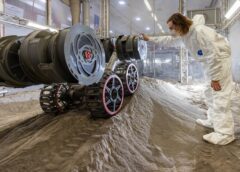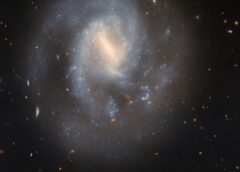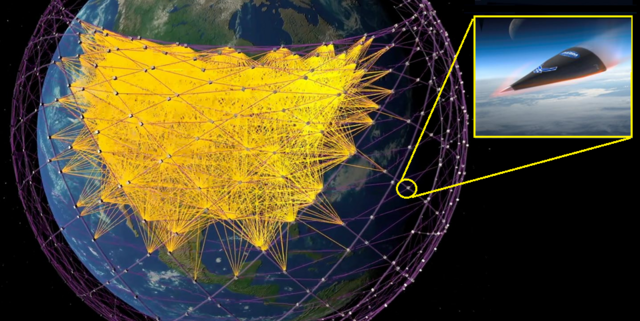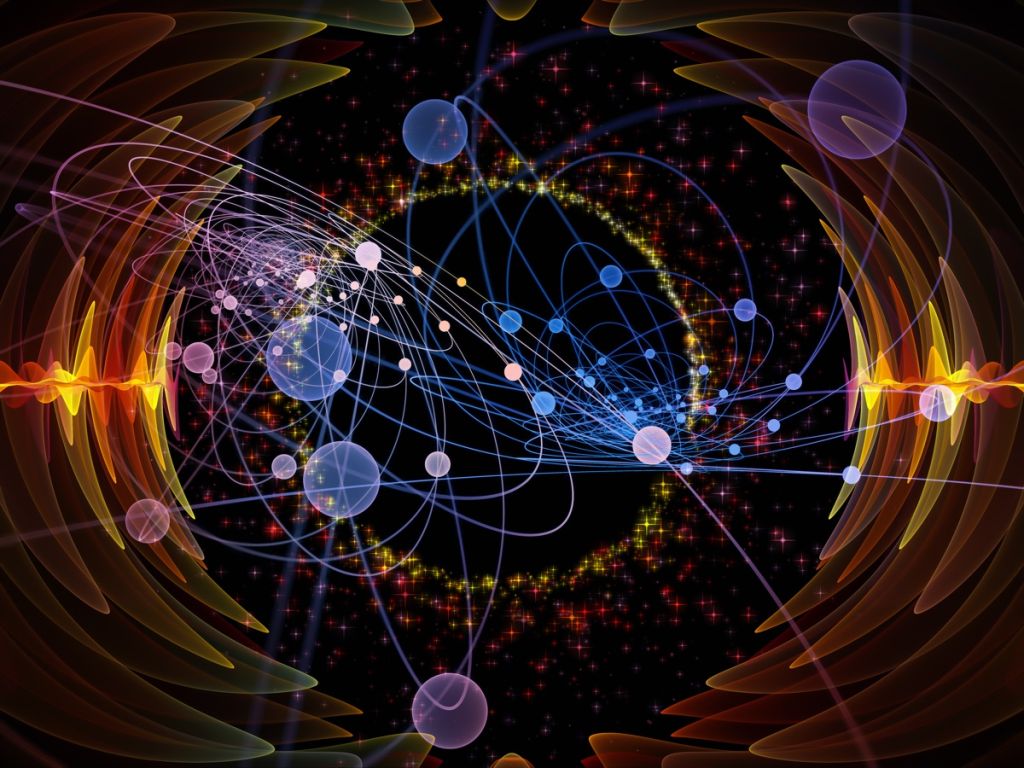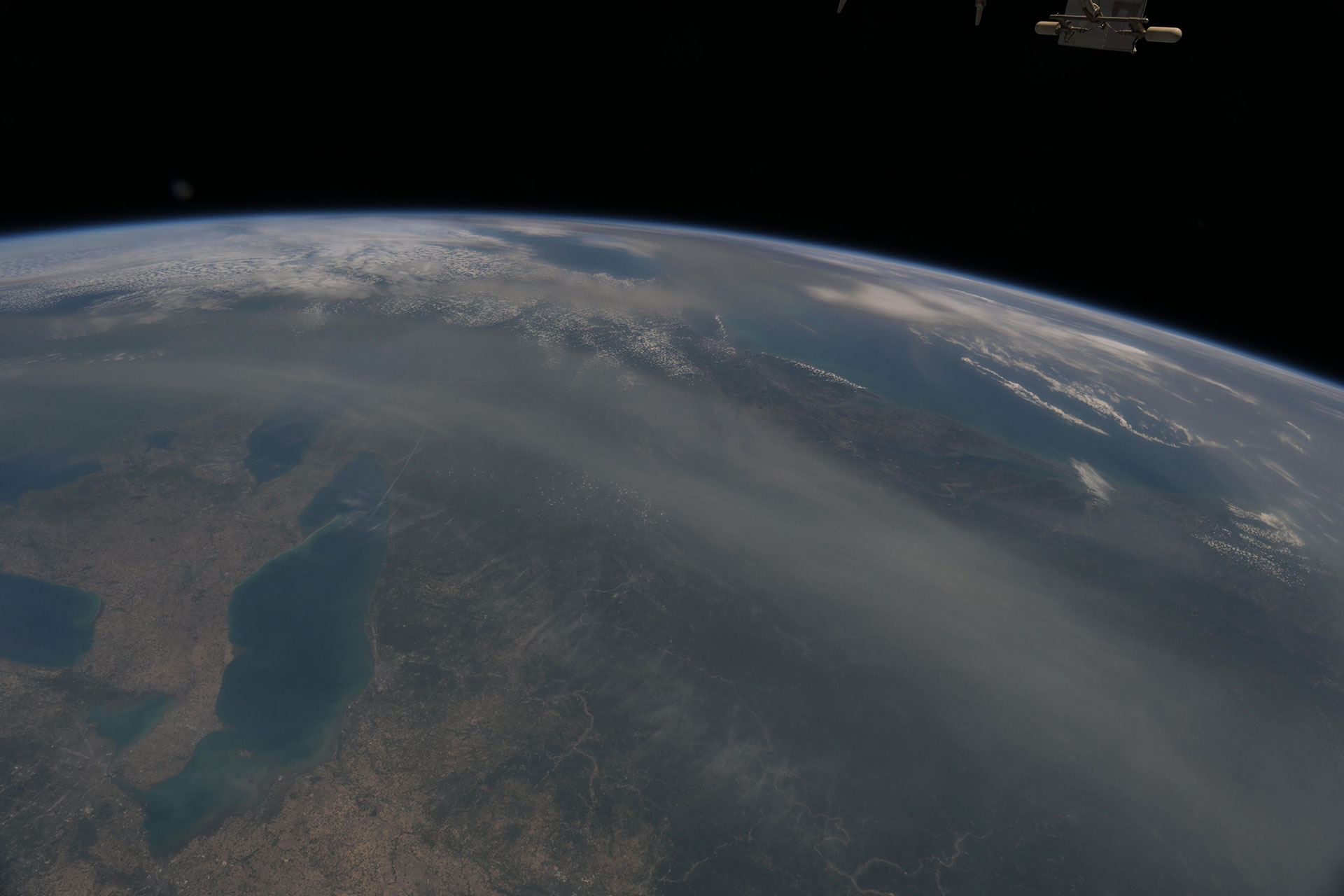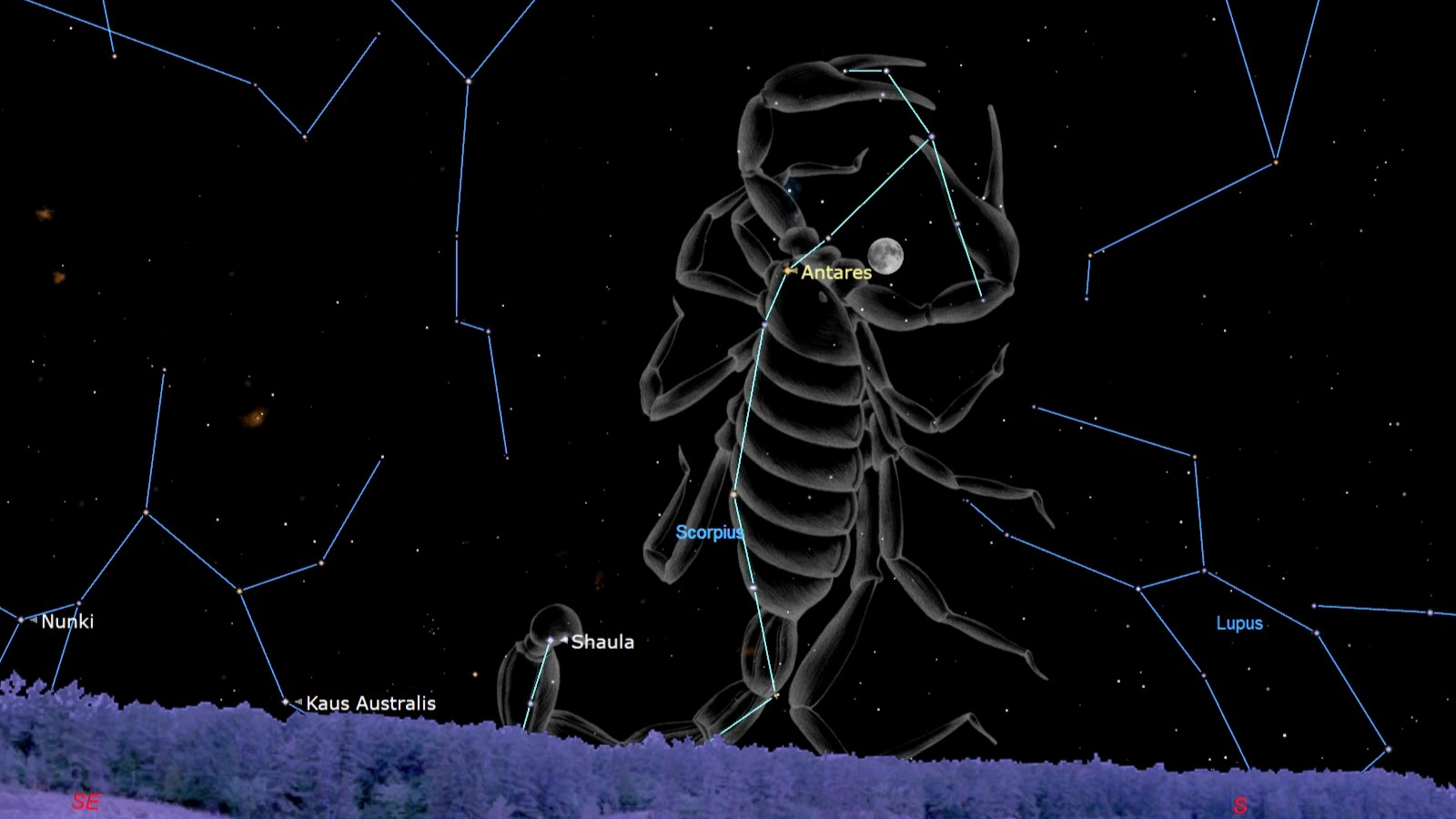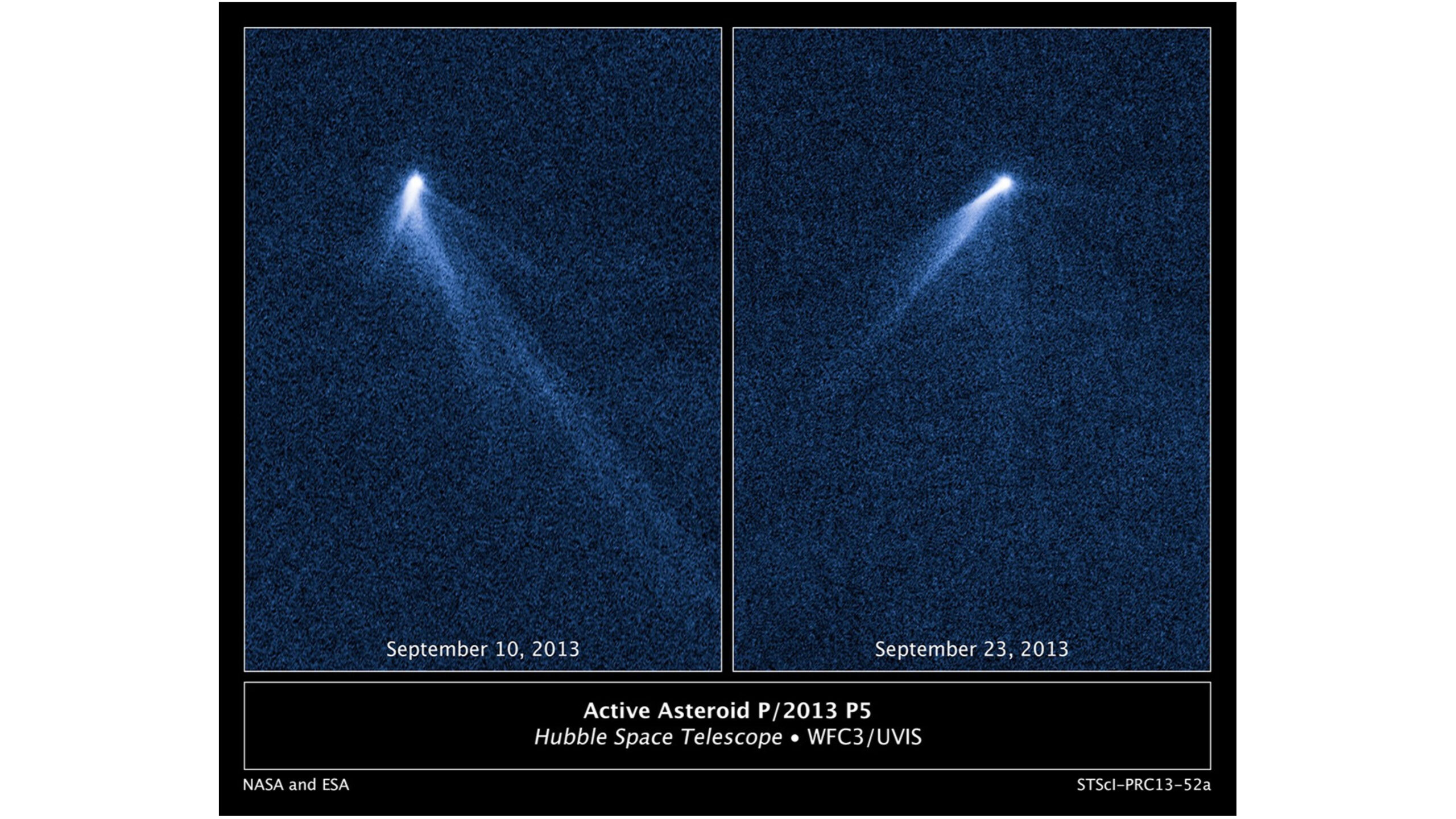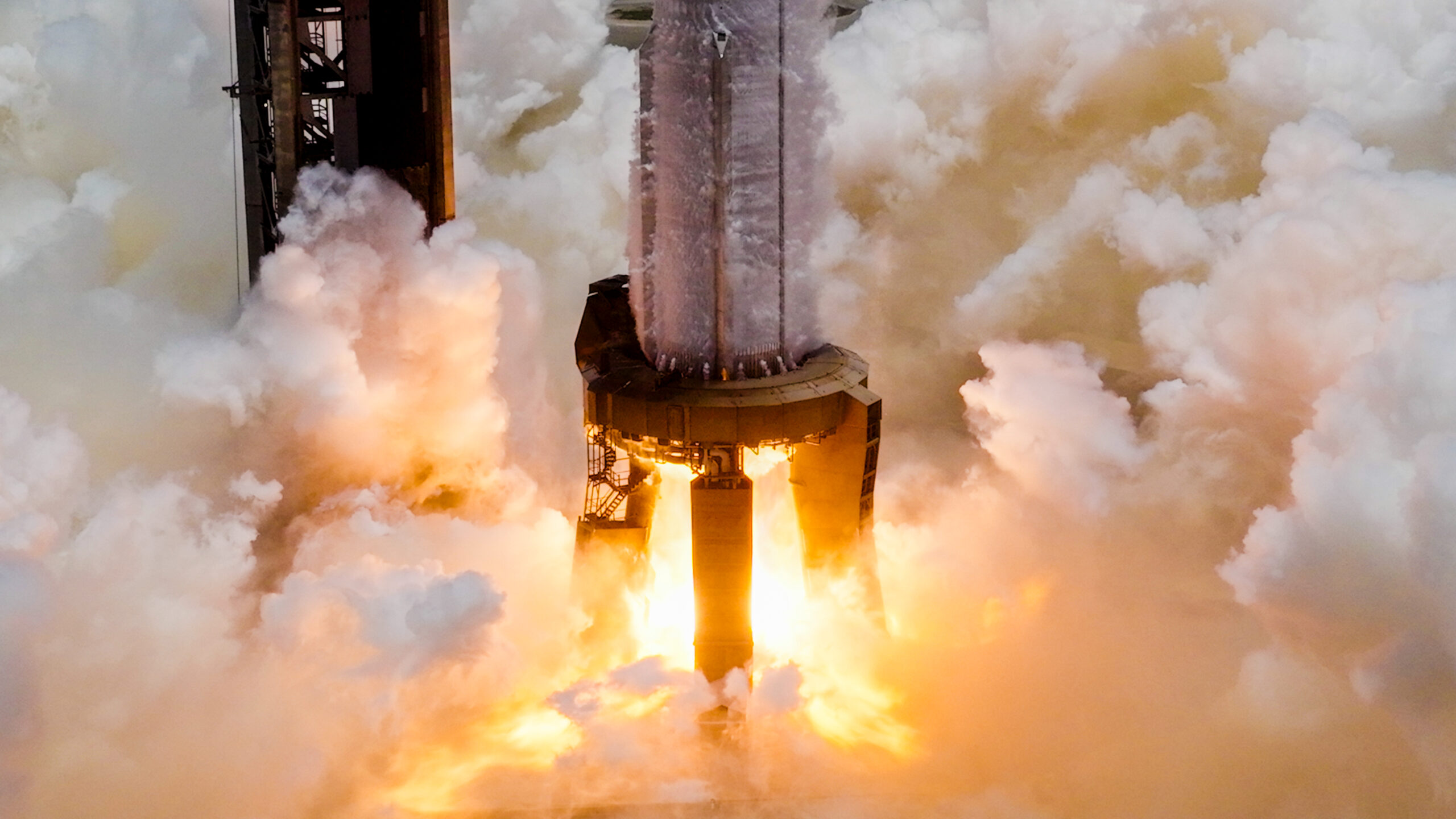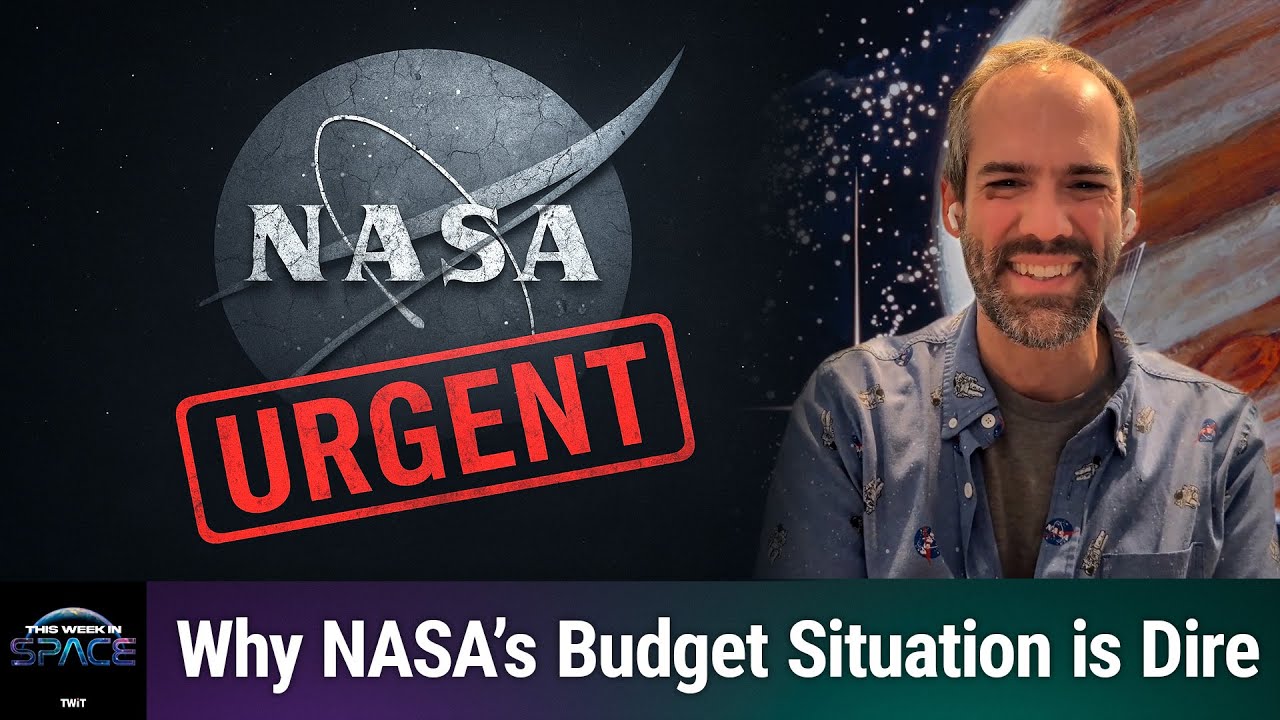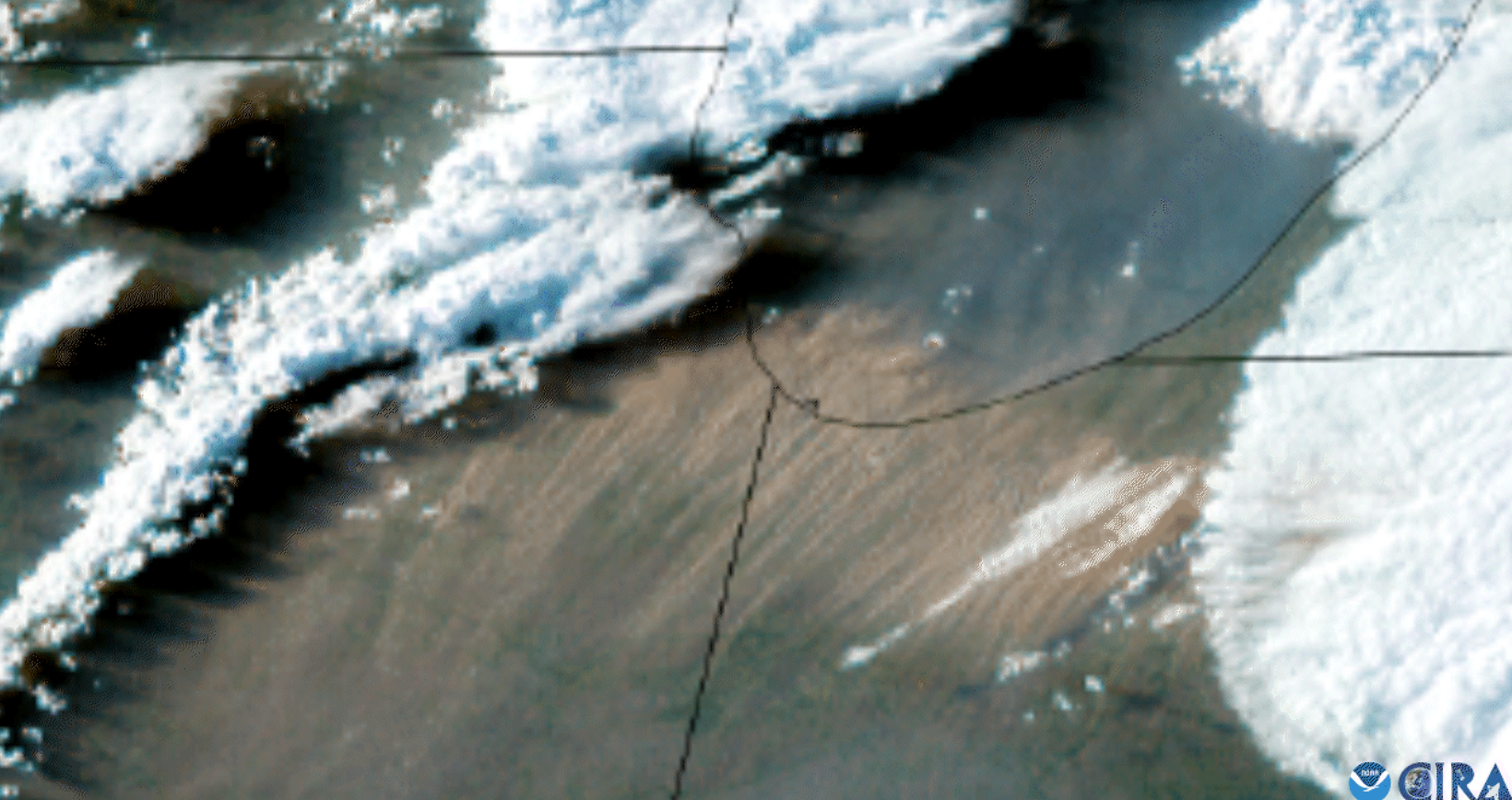A bit after sunrise on June 6, 2025, NASA’s 2001 Mars Odyssey orbiter saw one of Mars’ biggest volcanoes, Arsia Mons, as it broke through the clouds. The volcano is the cloudiest of the Tharsis volcanoes, a trio that is tightly aligned on Mars’ surface. What is it? Standing at over 12 miles (20 kilometers) with a diameter of 270 miles (450km), Arsia Mons is nearly twice as high as Mauna Loa, Earth’s largest volcano, which sits at 6 miles (9 kilometers) from the seafloor. Due to its height, Arsia…
Read MorePaul Morris: Filming the Final Frontier
Video Producer – Goddard Space Flight Center What sparked your interest in video production, and what drew you to NASA? Ever since I saw “Star Wars” at nine years old, I knew I wanted to make movies. I would make little stop action videos with my action figures. How did you land this role at NASA, and what do your duties entail? I was working with a company in New York for about eight years, producing a daily live interactive show on Facebook. I’ve always been obsessed with NASA, so…
Read MoreGolden Dome: An aerospace engineer explains the proposed US-wide missile defense system
This article was originally published at The Conversation. The publication contributed the article to Space.com’s Expert Voices: Op-Ed & Insights. Iain Boyd is a professor of aerospace engineering sciences at the University of Colorado Boulder. President Donald Trump announced a plan to build a missile defense system, called the Golden Dome, on May 20, 2025. The system is intended to protect the United States from ballistic, cruise and hypersonic missiles, and missiles launched from space. Trump is calling for the current budget to allocate US$25 billion to launch the initiative,…
Read MoreThere’s an infinite amount of energy locked in the vacuum of space-time. Could we ever use it?
There may be an infinite amount of energy locked in the vacuum of space-time. So could we ever harness this energy for anything useful? The idea of vacuum energy comes from quantum field theory, which is a marriage of quantum mechanics with Einstein’s theory of special relativity. In quantum field theory, particles are not really what we think they are. Instead, they are better represented as fields, which are quantum entities that span all of space and time. When a localized patch of the field gets sufficient energy and starts…
Read MoreAstronauts track huge dust clouds over Canada and US | On the ISS this week June 2-6, 2025
Preparations for the arrival of a visiting crew, the continued study of how humans adapt to the microgravity environment of space, the service of systems on board a docked cargo ship and the documentation of European landmarks from Earth orbit kept the seven astronauts and cosmonauts on the International Space Station (ISS) busy this week (June 2 through June 6), the sixth week of Expedition 73. Orbital observation “I noticed smoke over the Northern U.S. and Canada a few days ago, and it took me a little while to understand…
Read MoreSee the moon shine with famous red star Antares in the southern sky on June 9
The waxing gibbous moon will shine close to the red star Antares in the constellation Scorpius on the night of June 9. Stargazers in the U.S. will find the moon rising higher over the southeastern horizon after sunset on June 9, with Antares shining brightly around 4 degrees to the lower left of the lunar disk. For context, your little finger held at arms length accounts for roughly 1 degree in the night sky, while your index, middle and ring fingers together amount to around 5 degrees, according to NASA.…
Read MoreChina’s Tianwen 2 spacecraft sends home 1st photo as it heads for mysterious ‘quasi-moon’ asteroid
China has released a first picture of its Tianwen 2 mission as the spacecraft heads for a near-Earth asteroid. Tianwen 2 launched on a Long March 3B rocket on May 28 and is tasked with rendezvousing with and sampling the mysterious asteroid Kamo’oalewa, which is one Earth’s seven known “quasi moons.” And the mission is proceeding well, according to a first official update. The China National Space Administration (CNSA) revealed in a June 6 statement that the spacecraft is operating well and is more than 3 million kilometers (1.86 million…
Read MoreSpaceX fires up Super Heavy booster ahead of Starship’s 10th test flight (video)
SpaceX is already gearing up for the next flight of its Starship megarocket, just a week and a half after the most recent one left the ground. The company performed a long-duration “static fire” test with Super Heavy, Starship‘s huge first-stage booster, at its Starbase site in South Texas on Friday (June 6). All 33 of Super Heavy’s Raptor engines lit up during the trial, SpaceX said in a Friday X post that shared a photo and two short videos of the action. You may like SpaceX conducts a static-fire…
Read MoreThis Week In Space podcast: Episode 164 — Goodbye NASA?
Goodbye NASA? – An Era May be Ending – YouTube Watch On On Episode 164 of This Week In Space, Rod Pyle and Tariq Malik discuss these concerning times for NASA with Casey Dreier, the Chief of Space Policy for The Planetary Society.. What a wild week it’s been for NASA. With drastic budget cuts looming — pending any action by Congress — then comes the sudden and unexpected pulling of Jared Isaacman for the role of NASA Administrator, with no replacement named. Then came the very public split between…
Read MoreIt’s been nearly a century since Chicago saw a powerful dust storm like this (photos)
In mid-May, a giant wall of dust paraded across parts of the U.S. Midwest, and, thanks to the National Oceanic and Atmospheric Administration (NOAA)’s Geostationary Operational Environmental Satellite (GOES) East satellite, we were able to follow along. In mid-May, a giant wall of dust paraded across parts of the U.S. Midwest, and, thanks to the National Oceanic and Atmospheric Administration (NOAA)’s Geostationary Operational Environmental Satellite (GOES) East satellite, we were able to follow along. The GOES-19 spacecraft, which has been in space for less than a year after launching in…
Read More

